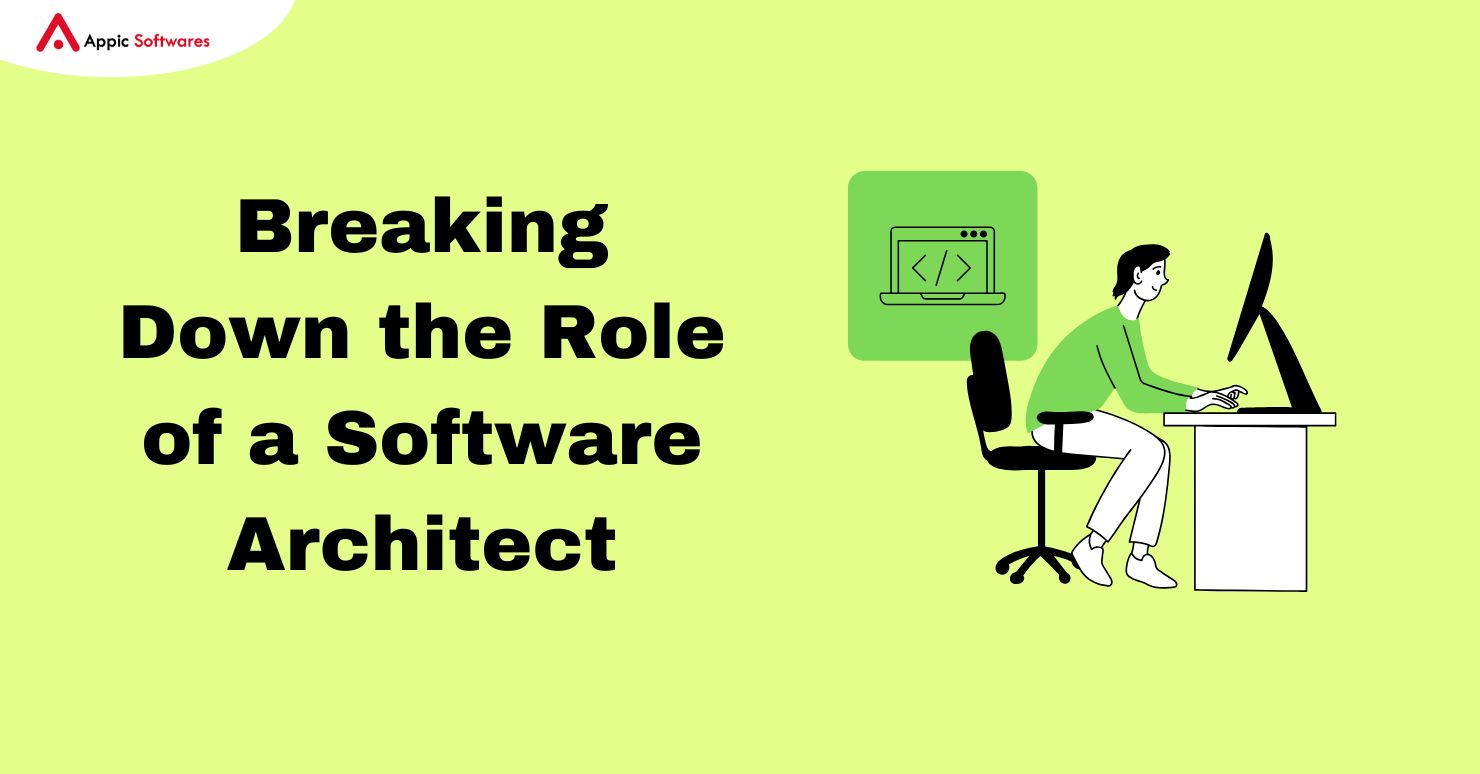
Due to technological advancements, human integration with AI is also changing. The emerging expandability of AI allows different areas to explore new ways to perform and achieve desired outcomes. Developers design rational AI agents to achieve predetermined outcomes by performing tasks automatically. Whether it’s an autonomous car or a chatbot, both follow the same rational pattern, and their rational behavior enables them to make informed and calculated decisions to deliver the desired output. These agents handle large volumes of data, access, analyze, and utilize it to deliver commands on time.
This article seeks to understand the types of AI agents, their uses, the benefits of rational agents in AI, how much it costs to develop rational AI Agents, and the Process of developing rational AI Agents.
What Are Rational Agents In AI?
Developing a Rational Agent in AI involves several factors, including the nature of demand, project complexity, task requirements, and the volume of data the agent must handle and analyze. All these factors play an essential role in increasing or decreasing total cost depending on whether we are going for a rational AI Agent or an Intelligent Agent, and Rationality in artificial intelligence.
This article covers different aspects of rational AI agents, their key advantages, and how to utilize them. Exploring their manufacturing process can give cost manufacturers and businesses helpful insight to understand better development costs, AI agents’ Development Costs, and ongoing patterns in the artificial intelligence industry.
What Are Rational Agents In AI:
A Rational Agent AI is an innovative system that can perceive its infrastructure and act in a way best suited to the desired outcome. If we recall the old rule-based system, there were not many options. In the modern era, the advanced AI systems can make slight variations as required and demanded after receiving the instructions to accomplish the needed objectives. Depending upon the project’s complexity, Rational AI Agents can analyse the available information and possibilities and then go for the decision or options that best attain maximum and optimum results.
Rational Agent v/s Intelligent Agent :
- Rational Agent: Rational agents are those who can analyze a large volume of information in a short time and seek the best available solutions.
- Intelligent Agent: Intelligent agents work on a rule-based approach, accessing and analyzing available information to increase accuracy towards objective completion.
| Feature | Rational Agent | Intelligent Agent |
| Definition | An agent that always takes the action expected to maximize its performance based on available knowledge. | An agent that perceives the environment, learns, and adapts to perform tasks efficiently. |
| Decision Making | Based on logic, utility, and optimal choices. | Uses learning, reasoning, and experience. |
| Adaptability | Follows predefined rules; less adaptable. | Can adapt and improve over time through learning. |
| Learning Capability | Does not necessarily learn; follows a fixed decision-making process. | Learns from past experiences and modifies its behavior. |
| Example | A calculator performing arithmetic operations optimally. | A self-driving car that learns from road conditions and adapts. |
| Approach | Goal-oriented, chooses the best action in a given situation. | Uses AI techniques like machine learning and deep learning. |
| Complexity | Less complex as decisions are rule-based. | More complex as it involves learning and adaptation. |
| Maintenance & Support | $2,000 – $10,000/year | Model updates, bug fixes, and retraining. |
In light of the above-mentioned details, all Rational Agents are intelligent agents. Still, all Intelligent agents are not Rational agents because they are not capable of making rapid decisions to enhance or change strategy as per the requirement.
What Are The Usecases Of Rational Agents In AI?
Various applications use rational agents in AI, including robotics (autonomous navigation and manipulation), financial trading (automated systems), healthcare (diagnosis and treatment planning), and game AI (controlling non-player characters). The following sections discuss some key use cases.

- Automatic cars: As the AI world is getting advanced, automobile industries are also utilizing it to introduce self-driven vehicles. These vehicles can make the decisions required.
- Virtual Assistants: A virtual assistant is a remote administrative assistant who works for a company or individual on a self-employed, or contract basis. A virtual assistant helps with office management work but can also tackle a variety of writing, editing, design, marketing, and social media-related activities.
- Healthcare Diagnosis: AI systems today are beginning to be adopted by healthcare organizations to improve the level of services and medical cures. Moreover, there is considerable progress in demonstrating the use of AI in precision diagnostics (eg, diabetic retinopathy and radiotherapy planning).
- Financial Trading: Rational Agents In AI are also getting involved in trading as they can analyze trade trends and have the ability to execute trades that can make a profit based on probability
- Cyber Security: where on the one hand AI is creating convenience in all areas of life, it also increases the risk of manipulation and fraud, but to detect them, AI is also providing advanced solutions.
Advantages Of Rational AI Agents:
Rational AI Agents have several advantages, a few of them are discussed below.
- Decision Making: Rational Ai Agents are designed in a way that they can handle large volumes of information in a short time, and by considering all available possibilities, make the optimum decision.
- Efficiency: Rational AI Agents can perform tasks on an automated basis which saves time and increases efficiency.
- Cost Effective: Using Rational AI Agents for performing automated tasks on a repetitive basis, makes it cost effective.
- Expandability: These agents can analyze large volumes of data and perform tasks without needing much alteration. Once automated, can operate in different domains without human intervention.
- Improves Safety: Due to innovation in AI, safety and security features are also enhanced as they can catch and detect any suspicious activity faster, and avoiding humans increases efficiency.
How Much Does It Cost To Develop Rational AI Agents?
AI agent development cost might vary greatly depending on a variety of criteria. Development costs: Custom-built chatbots may cost anything from $3,000 to $100,000, depending on complexity. Pre-built systems might cost between $20 and $500 per month, depending on features and use but the cost can vary depending on the complications, demands, and expertise of the development team.
Factors Affecting Development Cost:
- Complexity: Basic AI agents are less expensive as compared to advanced, upgraded models.
- Infrastructure: To build high-quality AI agents, high-quality servers, and cloud computing services are needed as well.
- Data Collection and Training: High-value data collection and complicated training also became the source of an increase in cost.
- Expertise: Taking the services of highly qualified AI engineers and with vast experience in AI, also increases the overall tasks.
| Development Type | Features | Estimated Cost ($) |
| Basic Rule-Based Agent | Predefined rules, minimal adaptability, simple decision-making. | $10,000 – $20,000 |
| Moderate Complexity Agent | Basic AI capabilities, limited learning, structured decision-making. | $20,000 – $40,000 |
| Advanced AI-driven Agent | Machine learning integration, improved decision-making, adaptive responses. | $40,000 – $60,000 |
| Highly Complex AI Agent | Deep learning, data processing, continuous learning. | $60,000 – $80,000 |
| Enterprise-Level AI Agent | Scalable, cloud-based AI with automation and predictive analytics. | $80,000 |
What Is The Process To Develop Rational AI Agents?
The first step for every rational agent is to investigate its environment utilizing sensors or inputs. The information provides the agent with insight into what the scenario is and what the best possibilities to go with are.

1. Problem Identification
The first step in the process of developing rational AI agents, is to detect, inspect, and identify a problem that we expect from AI agents to solve so that we can have an idea of where to look for a solution. Whether it’s a glitch in the IT system, in an online game streaming, or it’s about the self-driven vehicle. In any dynamic setting, accurately identifying the problem is crucial as it aids in designing an effective AI Agent.
- Task Clarity: The task must be clearly defined before developing rational AI agents to help determine the required functions and capabilities in the AI agents.
- Objectives: The next step in manufacturing and developing a Rational AI Agent is to set clear and accurate objectives that we need our AI Agent to accomplish in a given time. The objectives we aim to achieve will determine the specific functions our Rational AI Agent needs to perform effectively.
- Rationality Criteria: Rationality in developing a Rational AI Agent refers to defining the hurdles and sorting them out to make the AI Agent capable of handling given tasks without any error and continuous human intervention
2. Shape the infrastructure:
- Infrastructure Characteristics: Infrastructure needs to be classified in the following aspects:
- Monitoring: It will decide whether the infrastructure will be completely monitored or partially monitored.
- Certainty vs Uncertainty: It also needs to be decided initially whether the infrastructure will be designed in a way that the outcomes will be certain as decided or there will be space for randomness and uncertainty depending upon the complexity of the project for which it is being developed.
- Sequential vs Episodic: Sequential infrastructure is the one in which every phase or stage is linked with the next stage, every change thus made impacts a whole chain and process, whereas when it comes to episodic infrastructure, every stage or phase needs to be addressed independently.
- Stagnant vs Dynamic: When the infrastructure is chosen to be stagnant, it will be fixed, and if it is chosen to be variable, it can be changed during execution.
3. Design the Agent Architecture
- Agent Type: The type of agent is always been chosen based on the goals and objectives we want to achieve through our agent.
- Simple Reflex Agents: Reflex Agents are the simplest form of the agents, which are conditioned to perform based on a given format, once the conditions are given, they will start operating when the conditions are met.
- Model-Based Reflex Agents: Model-based Reflex Agents are the ones which are designed to perform according to their given infrastructure.
- Goal-Based Agents: Goal-Based AI Agents are the ones that are significantly designed to achieve specific objectives.
- Utility-Based Agents: Utility-Based AI Agents are the one that are designed to check the maximum efficiency, and optimum performance in a limited time with predefined goals.
- Learning Agents: Learning AI Agents are the ones that keep improving their level of performance over time through their experience and designed patterns.
- Perception module: This module designs the program for the agents through which they become capable of integrating with their infrastructure by using sensors, and different input signals.
- Decision-Making Modules: Decision-making modules are designed to achieve specific objectives, they are capable enough to change and make decisions as per the situation.
- Action Module: This module defines when and how the AI Agent will execute the operations when the command is generated.
4. Select & Implement Algorithms:
- Search and Planning: To make decisions in integrated infrastructure, developers design rational-based AI agents to use algorithms like Dijkstra’s or Monte Carlo Tree Search (MCTS), etc.
- RL: This tends to learn through trial and error, they can also implement RL Algorithms, for instance, Q-Learning and deep Q-Networks.
- Supervised Learning: It uses identifying information to develop the agent to accomplish significant tasks.
- Unsupervised Learning: This refers to applying dimensionally reduction techniques for exploratory tasks.
- Probabilistic Reasoning: Use Bayesian networks or Markov decision processes (MDPs) for uncertain environments.
- Optimization Techniques: Apply genetic algorithms to enable Agents to behave in an optimized manner so they can accomplish objectives.
What Are The Key Challenges in Designing Rational AI Agents?
- Complexity Of Infrastructure: While designing a Rational AI Agent, the thing that matters the most is the nature of the project, how complex it is
- Expandability: It ensures that the AI Agent is capable of handling large volumes of data.
- Abstraction: Agents are designed to abstract across different domains without disturbance or continuous human intervention.
- Ethical and Safety Concerns: It ensures safety and security by keeping its operations well aligned with human values.
By following the above-described process, designers can create AI agents that perform complex tasks efficiently and effectively. These AI agents operate across several dimensions while accurately perceiving and interacting with their surrounding infrastructure.
Conclusion
Designing a Rational AI Agent requires hiring AI engineers, Appic Softwares have expertise in ongoing AI Development Trends. AI development company with vast experience in AI technology can reduce the time and AI Agents Development Cost. Although the types of AI agents can vary based on the predefined infrastructure model and objectives to be accomplished.








